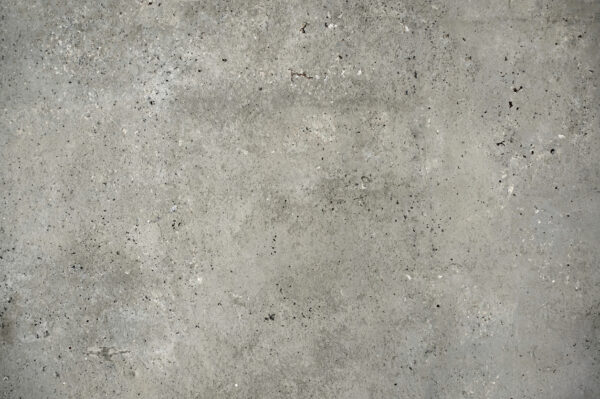Ensure Concrete Longevity for Your Project
Concrete Moisture Testing is used to determine the moisture remaining within concrete floor slabs prior to the installation of flooring. Understanding the chronology of moisture throughout the installation process is paramount to avoiding issues. Fixing these issues is always expensive, but there are methods to mitigate prior to costly pains that start with tackling moisture complications.
Flooring Substrate

MOORE QUOTES
Moore Engineering continues to help our company reduce costs through their engineering knowledge and expertise.
Scott Moore is undoubtedly one of the most serious, honest, and knowledgeable people in the business.
Moore Engineering provided reliable and accurate results in a professional manner, at an affordable price.